How Microsoft's 343 Industries turned its doomed Halo game into a greatest hit
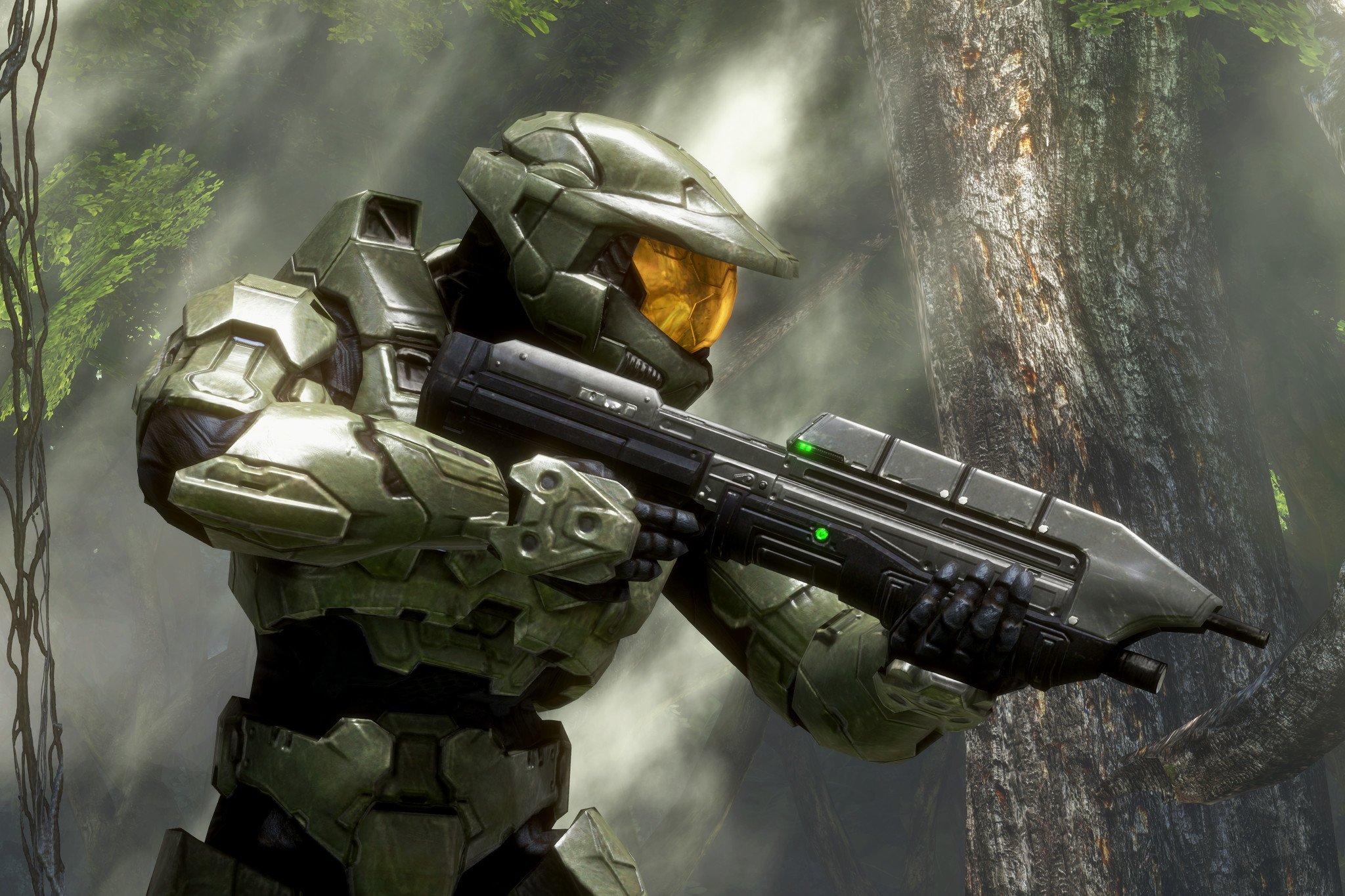
Microsoft first unveiled its Xbox console two decades ago, and through four generations of hardware, one constant remains unchanged — Halo. The tentpole sci-fi shooter remains synonymous with Redmond's household gaming systems, pioneering touchstones of the first-person shooter (FPS) and still a top-seller today. Few titles find themselves deeply intertwined with a system's identity, having paved the foundations for Microsoft's future in gaming.
Halo's prestige has shifted Xbox consoles over the years, and with the Xbox One launch, Microsoft's 343 Industries embarked on an ambitious four-piece project like no other. It herded its mainline saga into a compilation of greatest hits, remastering their respective campaign and multiplayer modes around the added horsepower. But the title was far from the grand celebration once imagined, facing game-breaking issues that saw it grouped with the worst game launches to date. Yet Halo: The Master Chief Collection has still proven a stand-out achievement, with its recent comeback making history for Microsoft's creative arm.
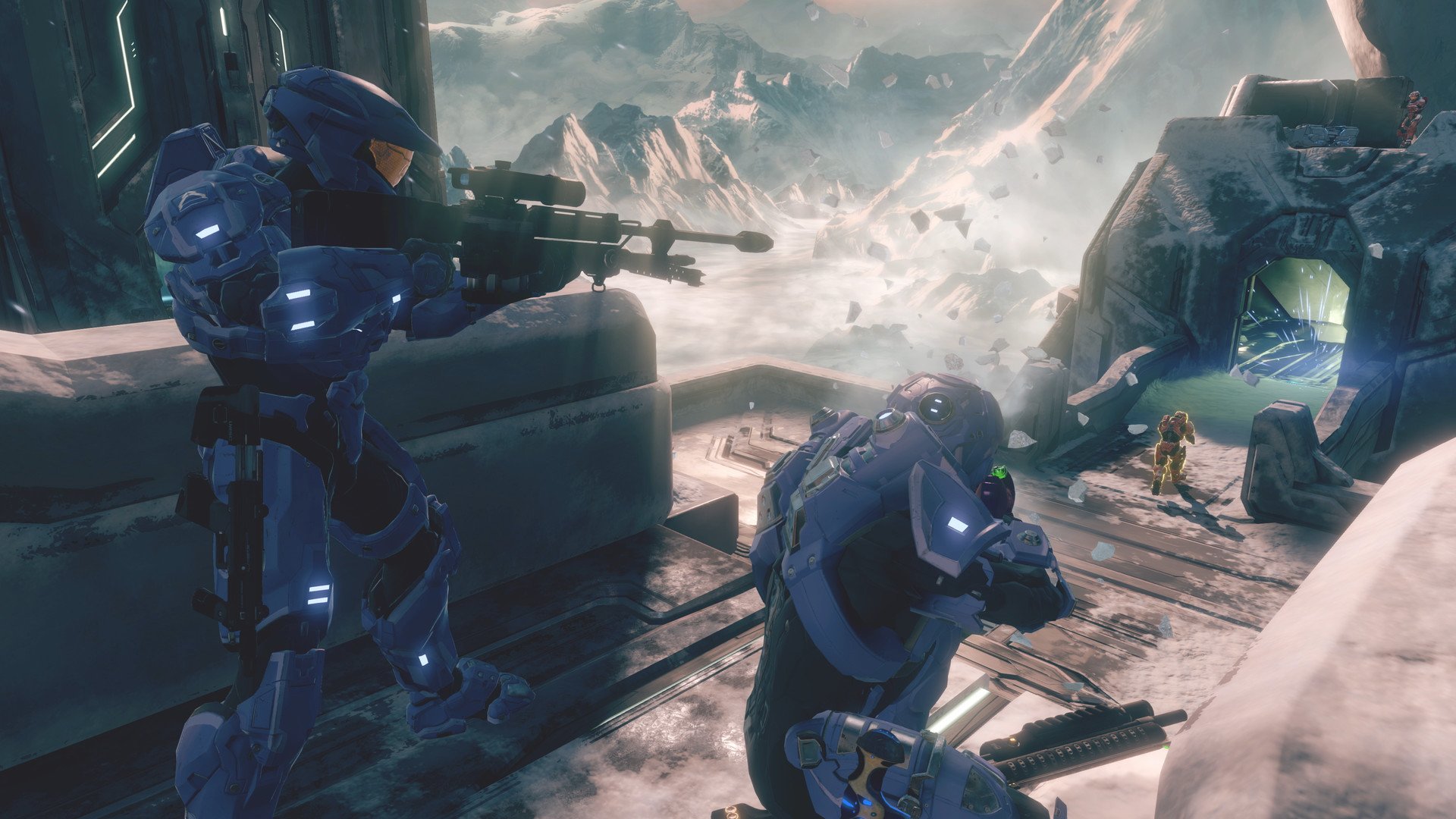
Halo: The Master Chief Collection was delivered at a crucial time for Microsoft, as its first window to bring a "core" Halo experience to its newest console. The compilation would combine Halo: Combat Evolved Anniversary, Halo 2 Anniversary, Halo 3, and Halo 4 into one remastered package. It wasn't always the plan — Halo 4 was first pitched as an Xbox One launch title — but with its launch in the final year of the Xbox 360, the project ushered the series onto next-gen hardware. And this all predated today's backward compatibility craze, back at a time where you'd have two consoles fighting for space in the living room.
First devised as a standalone "Halo 2 Anniversary" remake, the project soon scaled into The Master Chief Collection's ambitious premise. It would still celebrate Halo 2's decade on shelves, but also repackage the three accompanying titles. That came alongside various upgrades, including 1080p resolution at 60 frames-per-second (FPS) performance boost, and dedicated servers, all running on their engines. It would also tie each to a unified interface, shaping up as an ultimate nostalgia trip for fans.
With four best-sellers upgraded for its new Xbox console, Halo: The Master Chief Collection looked like an easy win. The Halo series shifted over 65 million units by 2015, according to Microsoft. And while today's Halo might not have the "grandeur" as the early days, it remains at the forefront of the Xbox image. Just look at the new Xbox Series X, where Halo Infinite occupies an entire side of the retail packaging, despite a launch currently scheduled for late 2021.
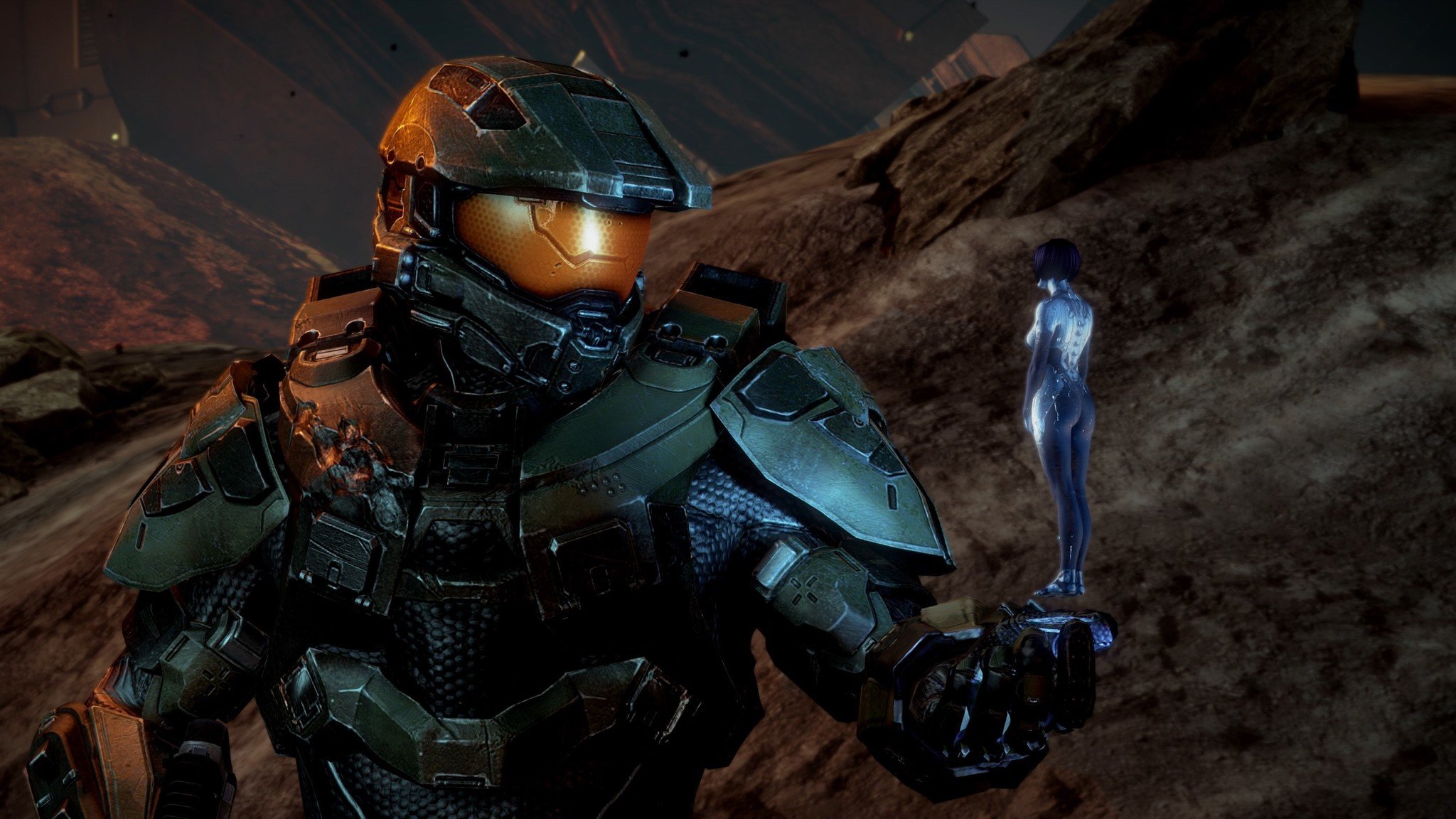
But Halo: The Master Chief Collection's biggest issues only emerged at launch, with prevalent bugs and networking snags plaguing its early months on the market. 343 Industries admits these problems slipped through pre-release testing, costing the series its big Xbox One debut. Sizeable portions of the package were nigh inaccessible as a result, with the multiplayer infrastructure leading to poor connectivity and lengthy matchmaking times.
Halo's road to redemption has proven a standout achievement in the history of Microsoft's creative arm.
Halo: The Master Chief Collection proved a challenge that far exceeded studio expectations, with many foundational issues taking weeks to patch up. "[F]undamentally it was because we were testing it in an environment that we had set up incorrectly and with some (as we discovered later) faulty assumptions," 343 Industries Franchise Development Director Frank O'Connor stated in 2017.
Get the Windows Central Newsletter
All the latest news, reviews, and guides for Windows and Xbox diehards.
"And unlike some of our other normal testing cycles, we weren't testing for gameplay balance and stuff that the original releases already contained so our test process was radically different, and we made mistakes in some of the scenarios we asked for." Factor in shipping on an entirely new console with a drastic architectural shift — in retrospect, it's easy to see where things went wrong.
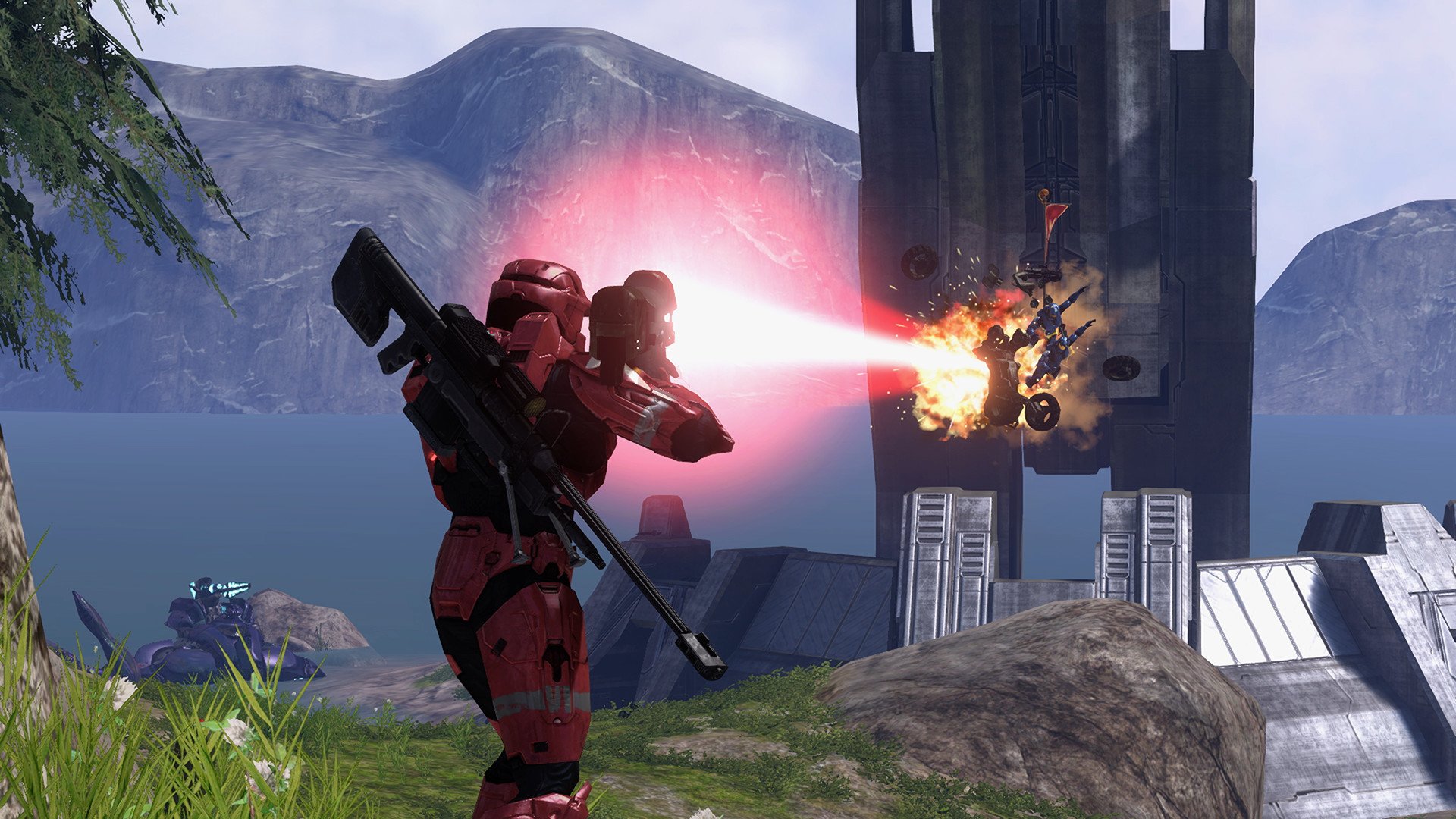
Microsoft scrambled to salvage its launch over the following months, with a stint of rapid updates stabilizing the title. These "delicate" fixes masked many of the underlying issues but also left the studio reluctant to progress further, over fear of worsening its state.
Halo: The Master Chief Collection was eventually set aside, which, while functional, remained handicapped with broader issues. 343 Industries' in-house development team would continue work on Halo: 5 Guardians and its ancillary publishing team shifted efforts toward its real-time strategy (RTS) spin-off, Halo Wars 2. That same team would also work on "Halo Online" with Saber Interactive, a now-canceled free-to-play shooter for PC, built upon the foundations of the Halo 3 engine.
But at the time, Halo: The Master Chief Collection merely represented a missed opportunity. It was a closed chapter that hurt the studio's reputation, and while informing future projects, was assumed abandoned as its next mainline sequel neared.
From Xbox to PC: The road to redemption for Halo: The Master Chief Collection
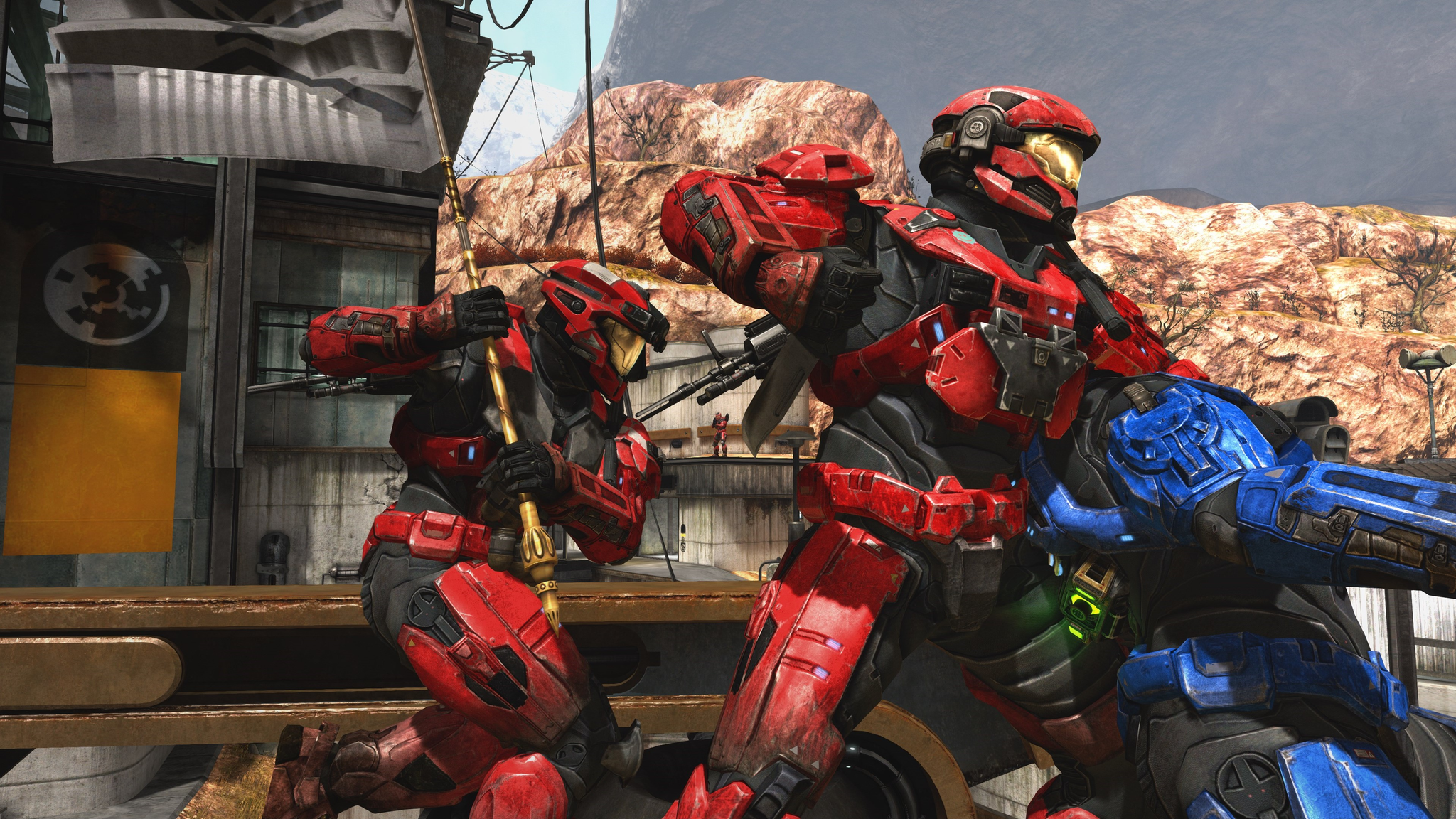
Skip to 2017 and Halo: The Master Chief Collection received an unexpected revival, with 343 Industries outlining a return to the project after its lengthy hiatus. It was a surprise to fans, but the upshot of a three-year internal conversation, and the first step of a multi-year journey to come. It helped bring the compilation back into the spotlight, with an extensive roadmap to accompany its return.
That revitalized effort around Halo: The Master Chief Collection solely came down to "timing and opportunity," Max Szlagor, design director at 343 Industries, tells Windows Central. It came as 343 Industries' internal publishing team, both in-house talent and external partners, concluded Halo Wars 2's "Awakening the Nightmare" DLC. While the studio toiled on Halo Infinite, interest in the collection also remained high, and Microsoft rallied a team for Xbox One X upgrades, coupled with fixes on the existing consoles.
"As a team we saw many players engaging in MCC on a daily, weekly, and monthly basis with continued feedback from the community to fix the longstanding launch issues," 343 Industries senior producer, Michael Fahrny, tells Windows Central. "We had the desire to do right by our fanbase, so we began to work through plans. On top of that, we took a step back and started looking at what we could do to not only fix the outstanding issues, but also what we could do to improve MCC all-up."
Halo: The Master Chief Collection's revival hinged on getting the Xbox One version right, with the studio blocking out fixes for the prominent issues. The studio patched up the core components, aided by the now-mature Xbox One platform, better-accommodating its multiplayer setup. It also trialed a community flighting program, integral to extensively testing changes at scale before release. That major update finally dropped in August 2018, improving stability, the multiplayer backend, and Xbox One X performance.
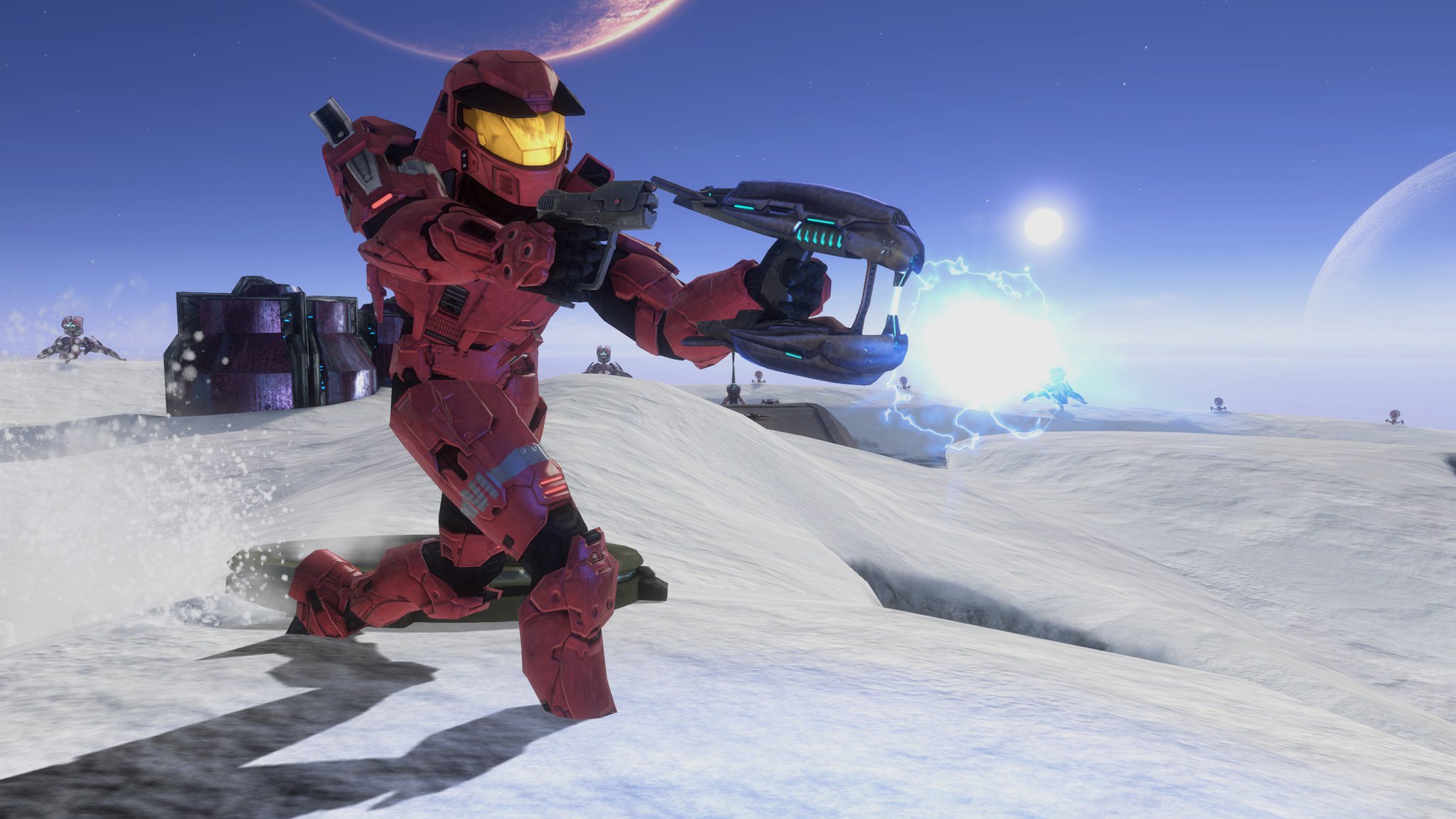
But that Xbox revamp also informed a more ambitious, unannounced initiative, establishing the groundwork in bringing the titles to PC. It was a considerable undertaking given the series' console roots, which meant over one year of testing until the collection migrated in full.
The expansion to PC meant fresh opportunities, opening Halo to an untapped audience and all types of new hardware. The titles would be pushed far beyond their original limitations, with PC hallmarks like ultra-high framerates, new resolutions and aspect ratios, and customizable field of vision (FOV) support. The experiences would also need to feel right with a mouse and keyboard, once designed exclusively for the controller.
"There is no way anyone could have had the forethought to future-proof these games in a way that would have suited our MCC needs."
"[B]ringing these older games into the modern era is a challenge," said Fahrny. The move to PC meant constant trials, stretching engine limitations, accounting for all hardware configurations, and simply more variables than ever before. PC development required a fundamentally new approach to development, with an endless cycle of navigating each game's quirks. "There is no way anyone could have had the forethought to future-proof these games in a way that would have suited our MCC needs, so we constantly come across hurdles and difficult challenges. MCC is a deeply-technical project but we are extremely lucky to have a talented team with a deep knowledge of these games in every aspect."
"[W]ith each new thing we add new and unforeseen hurdles will emerge. Each game has its own quirks that we do have a good understanding of but there's no way to truly understand how some of these things will work when adding something new. You have to get in there, dig around, implement, test, fix bugs, iterate, flight, fix bugs, iterate, etc. The development circle tends to go around a few more times than it would if we were developing something from scratch."
"Working within all these different engines (game, front end, etc.) is a challenge and it can be difficult to estimate proper timelines for any given feature, especially the ones that touch all games."
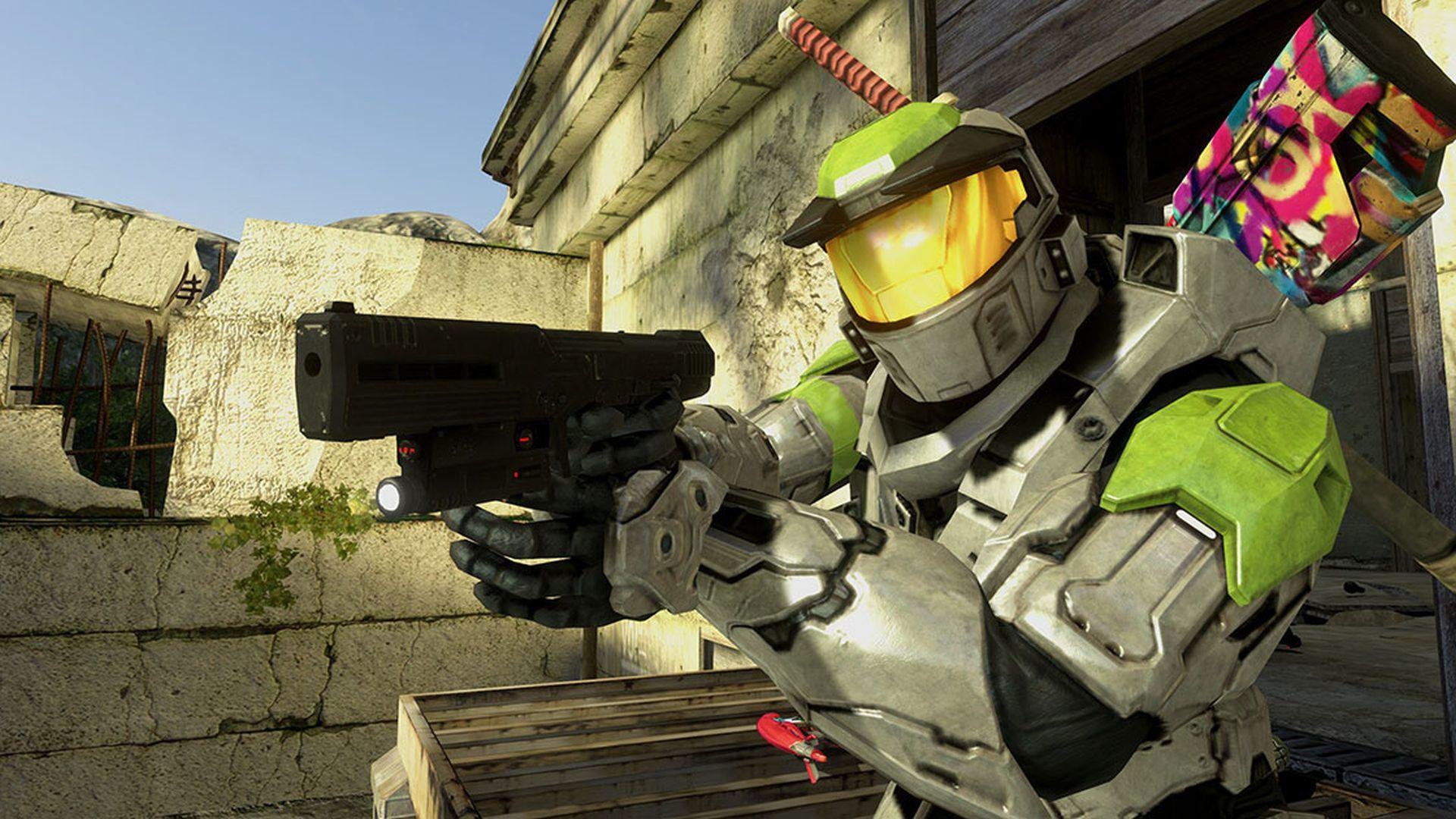
The team's biggest challenges all stemmed from upgrades to modern PC standards, with even the smallest tweaks potentially wreaking havoc on core systems. "Some things date back to the original games, but only start to show when you try to modernize parts of the game, either in resolution or game update frequency," said Fahrny.
"It's like a game of Jenga, where changing the placement of a block 10 steps ago ends up impacting your current move, but not always in an obvious way."
One significant hurdle came from tweaks to how game systems update in real-time, doubling frequency over the original games in Halo: The Master Chief Collection. The makeup of the Xbox 360's PowerPC processor vastly differed from Intel-based 64-bit systems, impacting even the most basic calculations. "Moving from 30Hz to 60Hz game updates indirectly affects every game system. Problems arise when code in those systems was written/tested using formulas/logic-based in 30Hz that don't hold together at a different tick rate (be it lower or higher)." Minor adjustments had huge knock-on effects, uprooting entire gameplay systems.
"This was most recently the case of some code related to projectile collision, most noticeably in Halo 3, which by design has slower moving projectiles vs other releases," said Fahrny. "It's like a game of Jenga, where changing the placement of a block 10 steps ago ends up impacting your current move, but not always in an obvious way." 343 Industries would address the root of these problems in multiple development updates, even posting a 19-minute technical breakdown, with a slideshow highlighting where those issues arose.
Communication and transparency — and what it means as Halo Infinite nears
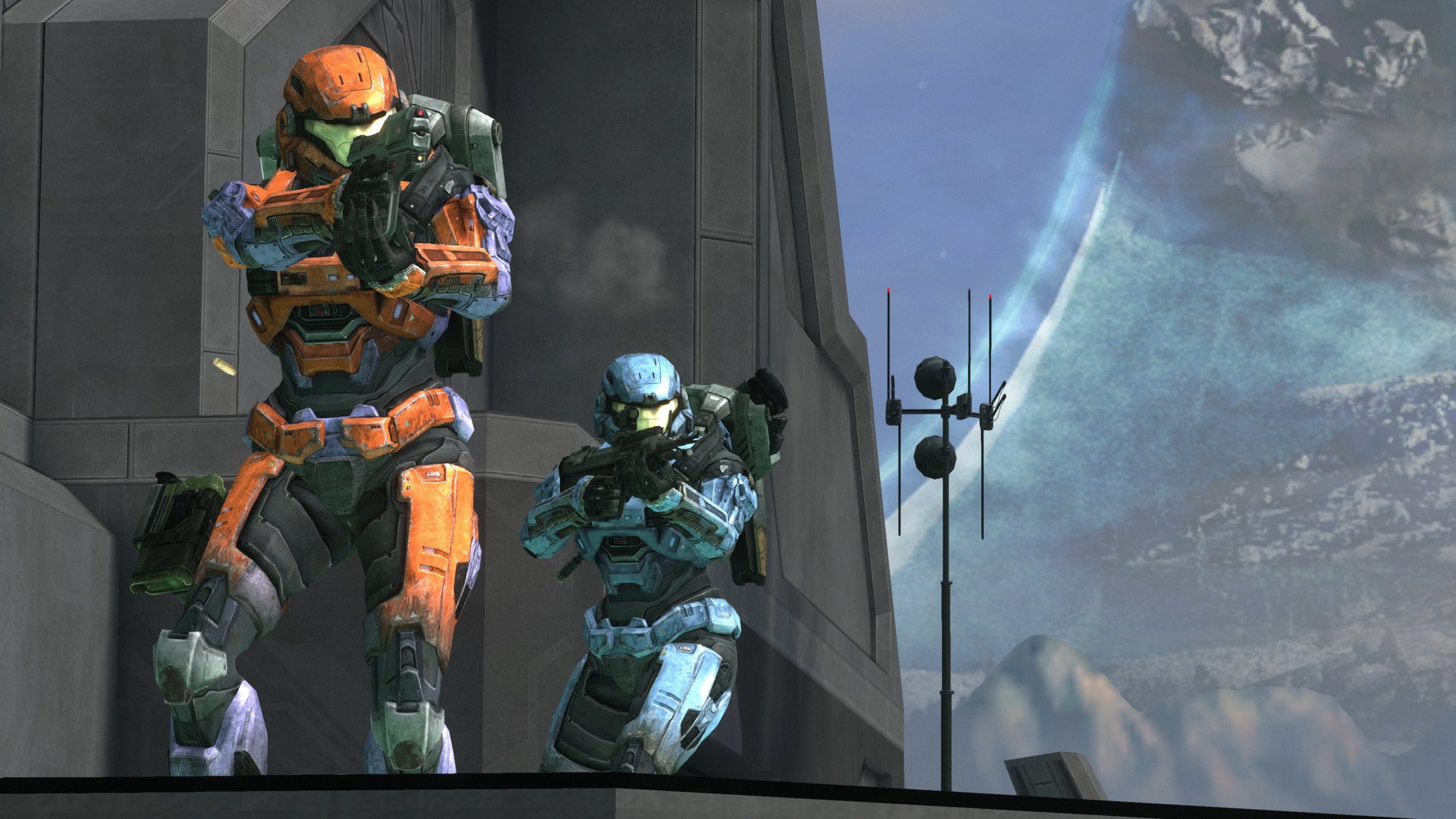
Overcoming each obstacle seriatim ensured Halo: The Master Chief Collection transitioned to PC snag-free, especially crucial in light of past events. The studio once again leaned on a crucial process in its development pipeline, trialing the port with real-world users, known as "flighting."
"We would not have had the success and relatively smooth and stable launches this year without our flighting program," said Fahrny. The Halo Insider program enabled 343 Industries to test its Xbox One and PC versions through the process, adopting a staged rollout on a per-game basis, inviting more to tests in time. "Engaging the community, asking for their help, gathering their feedback, and using it to improve and iterate on our development goals has been absolutely vital in our overall process."
Flighting was "absolutely vital" to The Master Chief Collection, with multiple trials in the works for Halo Infinite.
The benefits include "near real-time" player feedback as development continues, while allowing the team to gauge interest in its content. There's also a sense of community investment throughout the process, as the studio attempted to increase transparency with its most devoted players. For PC that also allowed for at-home compatibility testing on an otherwise impossible scale, with considerations across a spectrum of hardware, even throughout COVID-19 restrictions.
"Communication is key. When I came onto this project in late 2018, one of the things I wanted to do was be much more open about our struggles and successes as we developed and released them on PC. This has led to the community having a better understanding of the effort it takes to bring these older games into the modern era. We still have a ways to go on this, with many quality of life improvements planned, but we have made really good strides these past two years."
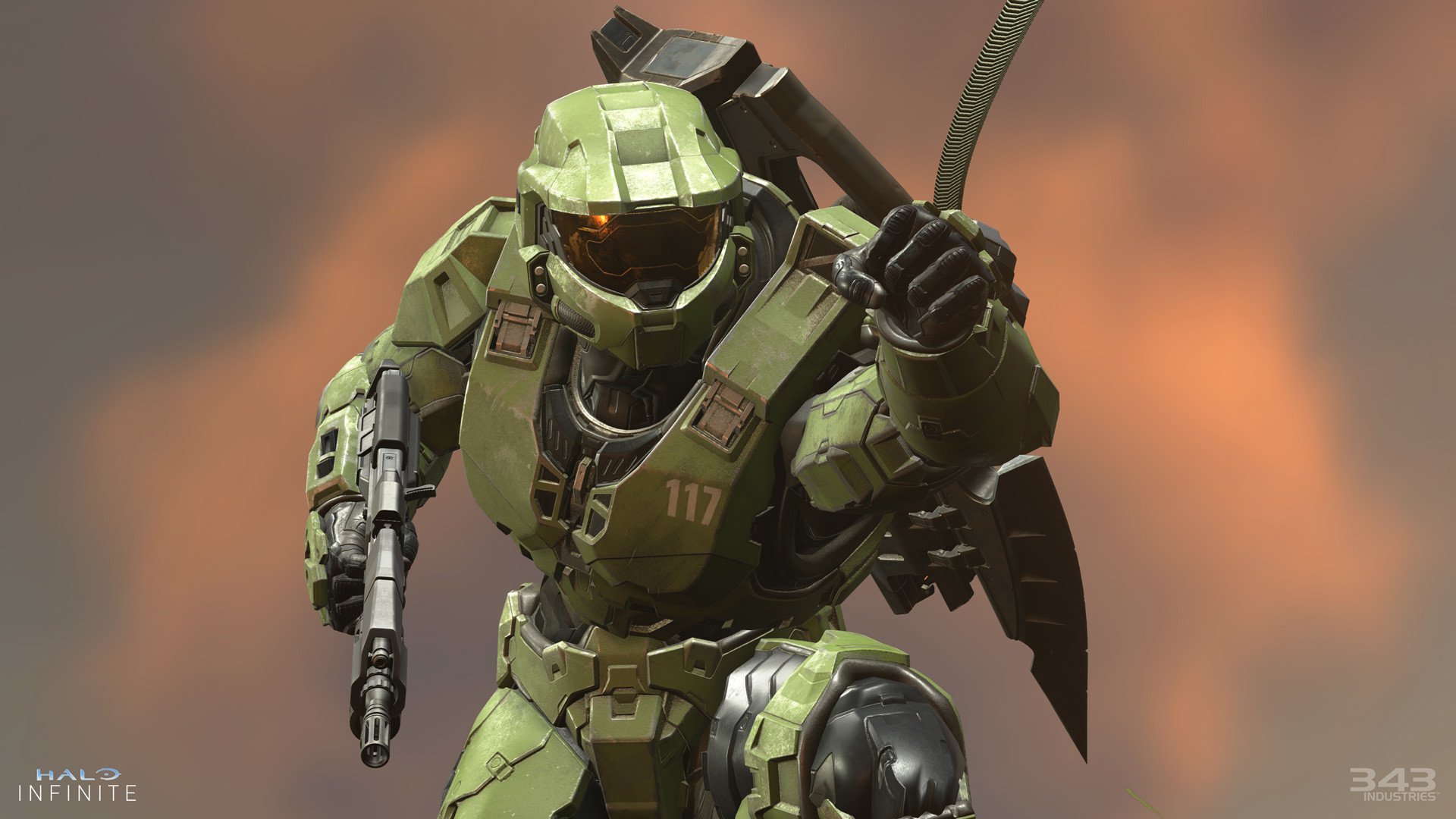
"Our team is now actively engaged in flighting, ongoing community dialogue, live service processes, and understanding the possibilities present in a multi-game, multi-engine product," said Szlagor. "As a team, we have grown and evolved alongside MCC and we feel good about the processes we have put in place to continue updating 343i titles."
These learnings all translate to Halo Infinite, with 343 Industries now actively drafting plans for multiple flights for later this year. The studio plans to leverage the same opt-in process, steadily expanding throughout 2021, and informing its final decisions headed into launch. For a chance to participate, Halo Insider program sign-ups remain live.
The Master Chief Collection now incorporates six titles, Halo 3: ODST and Halo: Reach added post-launch, and with more features and content to come. It includes quality of life improvements, chiefly a new universal custom games browser, allowing players to search, filter, and join custom lobbies throughout the multiplayer suite. Season 5 also plans new cosmetics for Halo 3 and Halo: Reach over one decade following their respective Xbox 360 debuts.
But with its Xbox One version fixed up, coupled with availability on Xbox Series X|S and PC, ongoing updates put Halo back on the radar. Halo Infinite represents the next chapter for 343 Industries, but work on Halo: The Master Chief Collection has proven crucial in preparations across three platforms this fall. And now, it's a platform for the future — doubling as a timeless archive for Halo's legacy to date.
Matt Brown was formerly a Windows Central's Senior Editor, Xbox & PC, at Future. Following over seven years of professional consumer technology and gaming coverage, he’s focused on the world of Microsoft's gaming efforts. You can follow him on Twitter @mattjbrown.

